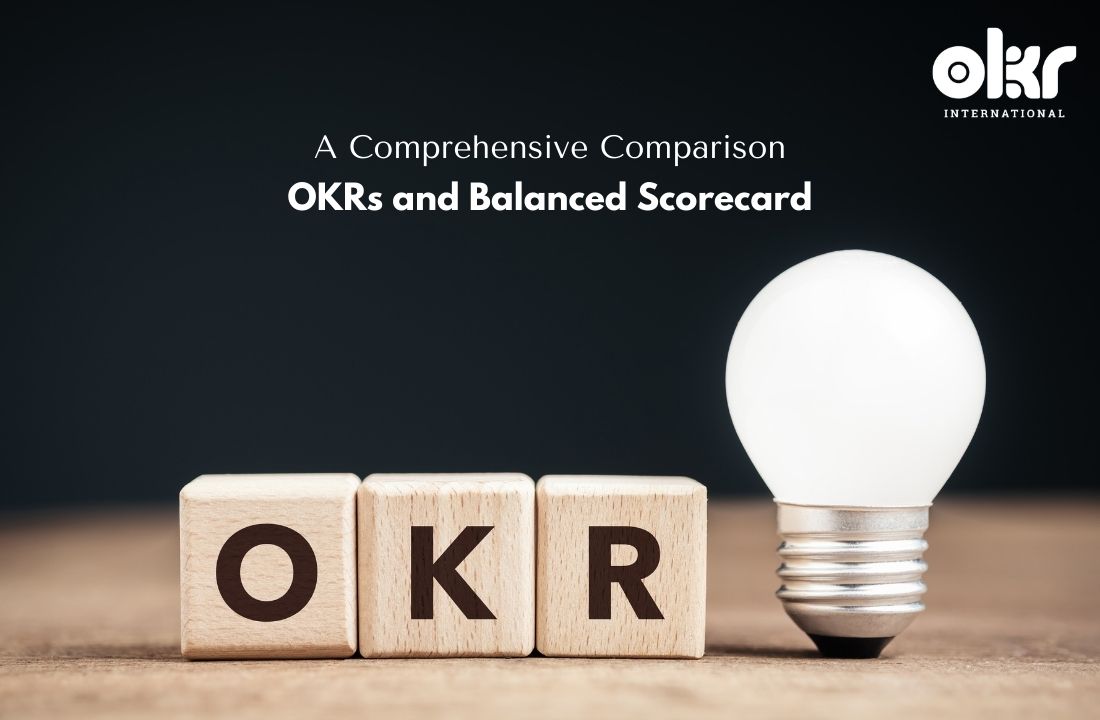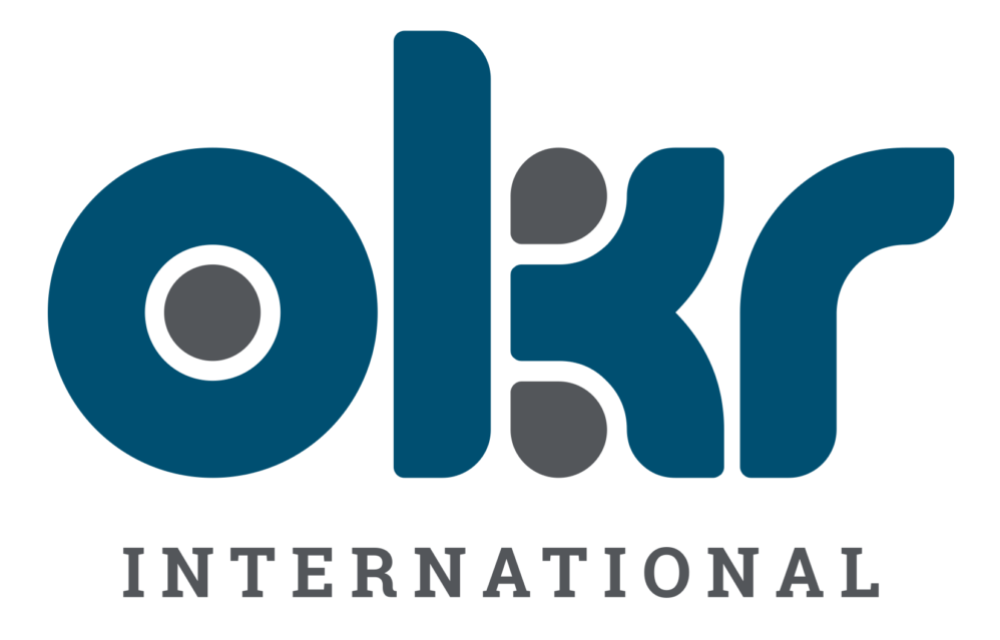OKRs and Balanced Scorecard: A Comprehensive Comparison
Introduction
Objectives and Key Results (OKRs) and Balanced Scorecards (BSC) are two powerful performance management frameworks that organizations use to define and track their goals. These systems have been instrumental in driving change, aligning departmental work with strategy, and measuring strategic progress towards predetermined outcomes. While they share a common purpose, their approaches to strategy and techniques for achieving objectives differ significantly.
Understanding OKRs and BSC
OKRs and Balanced Scorecards (BSC) emerged from the need for transparent communication of what a team or organization aims to achieve. They are both systems for driving change, aligning departmental work with strategy, and measuring all strategic progress towards pre-determined, desired outcomes. However, their approaches to strategy and their overall techniques in achieving the objective differ.
OKRs, a concept popularized by John Doerr, are designed to be frequently reviewed, allowing adjustments to be made as the team learns more about how to achieve ambitious goals. They focus on leading measures, or inputs, such as expanding a product offering to a specific region by the end of the quarter.
On the other hand, BSC, which arrived on the strategic management structure scene in the early 90s, is typically drafted and designed to stay in place for a minimum of one year. Balanced Scorecards (BSC) emphasizes lagging measures—output-oriented goals like financial benchmarks.
The Distinctive Features of OKRs and BSC

Structuring Objectives
One of the main differences between OKRs and Balanced Scorecards (BSC) lies in how they structure objectives. BSC relies on a holistic strategy map with parameters for creation. It crafts objectives in four separate but related aspects of performance: Financial, Customer, Internal Processes, and Learning and Growth. The financial aspect is the most important and is used to craft measurement parameters.
In contrast, OKRs do not use parameters for creation. The team gets to decide what the priority is, encouraging risk-taking. This approach contrasts with Balanced Scorecard’s (BSC)emphasis on outputs like financial goals, which stresses accountability to a pre-planned set of activities.
Number of Objectives and Measures
Another difference is the number of objectives and measures each system recommends. Balanced Scorecards (BSC) can have 10-15 objectives, with 1-2 measures per objective. On the other hand, OKRs recommend a maximum of 2-3 objectives at any given time, with 3-5 Key Results.
Review Frequency
The frequency of review is another area where OKRs and Balanced Scorecards (BSC) differ. BSC is traditionally reviewed annually, with no mandated check-ins to see if a strategy is working. In contrast, OKRs are designed to be frequently reviewed so adjustments can be made as the team learns more about how to achieve an ambitious goal.
Can OKRs and BSC Work Together?
Yes, Balanced Scorecards (BSC) and OKRs can be used together in a complementary way, particularly at the senior level. The BSC strategy map can help executives and other leadership craft OKRs by seeing what’s important for that year and then breaking it down. From there, OKRs function to help an organization keep a pulse on what is the most important thing to individual departments and teams for the next month or quarter with Key Results and CFRs.
Where are OKRs and Balanced Scorecards (BSC) Practiced?
Both OKRs and BSC are widely practiced across various industries. Companies like Volkswagen, Wells Fargo, Apple, and Verizon use BSC, while OKRs have been adopted by many tech companies, including Google.
Conclusion
Both OKRs and BSC are powerful tools for performance management. They provide a structured approach to setting and tracking goals, aligning team efforts with organizational strategy, and measuring progress. However, they differ in their approach to strategy, the number of objectives and measures, and the frequency of review. Understanding these differences can help organizations choose the right tool for their needs or even use them in a complementary way to drive performance and achieve desired outcomes.
Remember, the choice between OKRs and BSC, or the decision to use them together, depends on your organization’s specific needs and circumstances. Both systems are tools, rather than silver bullets. They can each put guidelines in place to help teams steer to collective success, but they do not take the place of a healthy culture or great leadership.
Explore Our Range of Services
Bring OKRs (Objectives and Key Results) to your organisation with our tried & tested OKR Framework.


OKR International’s highly acclaimed Certified OKR Practitioner Program is the first and only OKR accreditation endorsed by ICF & HRCI for continuing education units.
OKR International helps leaders create the alignment, engagement and result orientation needed for growth by offering OKR Advisory services.

Latest Posts
- 10 Key Adaptability Quotient Drivers of Agile Transformation You Can’t Ignore
- 3 Strategies to Make Agile Teams More Adaptable
- Adaptability and OKRs: How the Adaptability Quotient Drives Global Strategy Execution Success
- When Should You Change Your OKRs?
- 10 Roofshot OKRs to Stabilize HR and 10 Moonshot OKRs to Disrupt It



